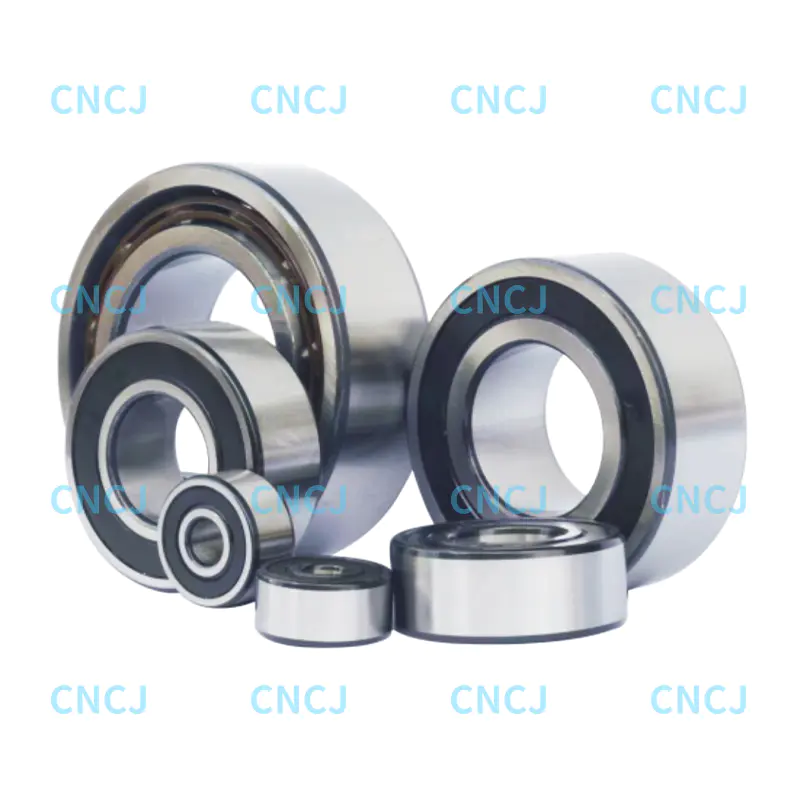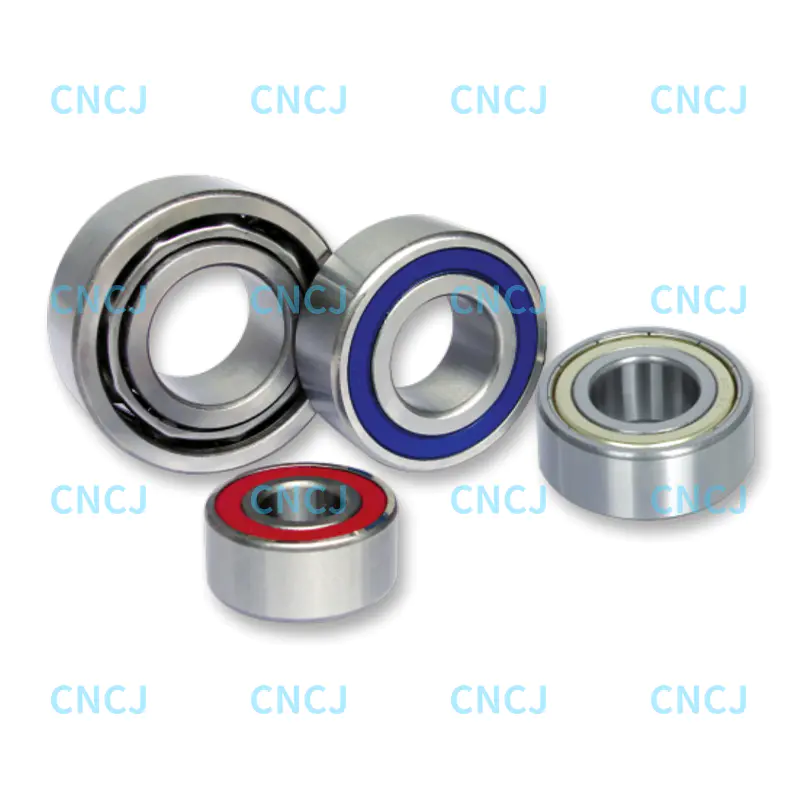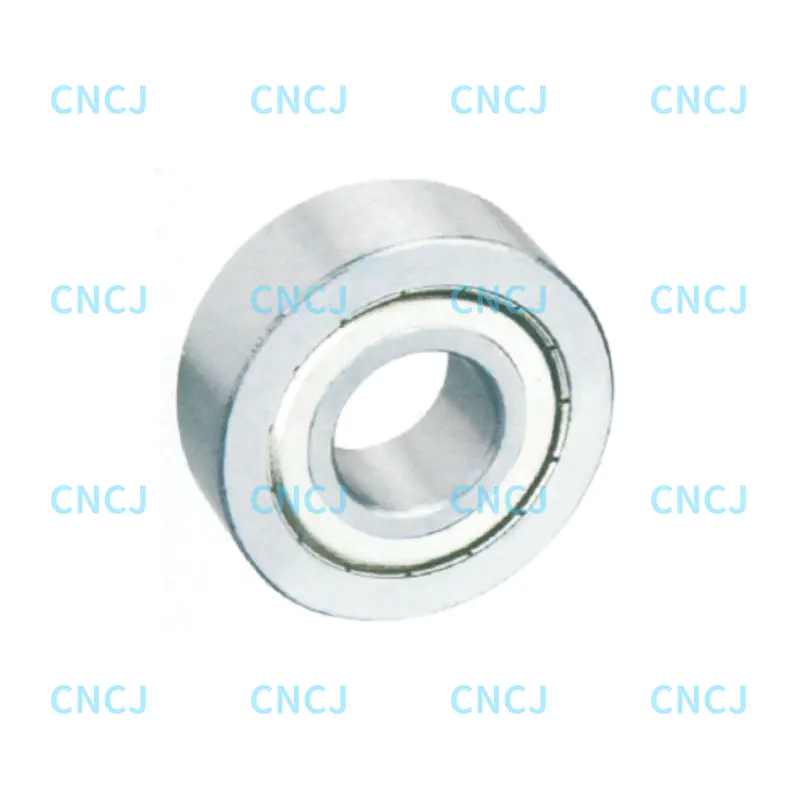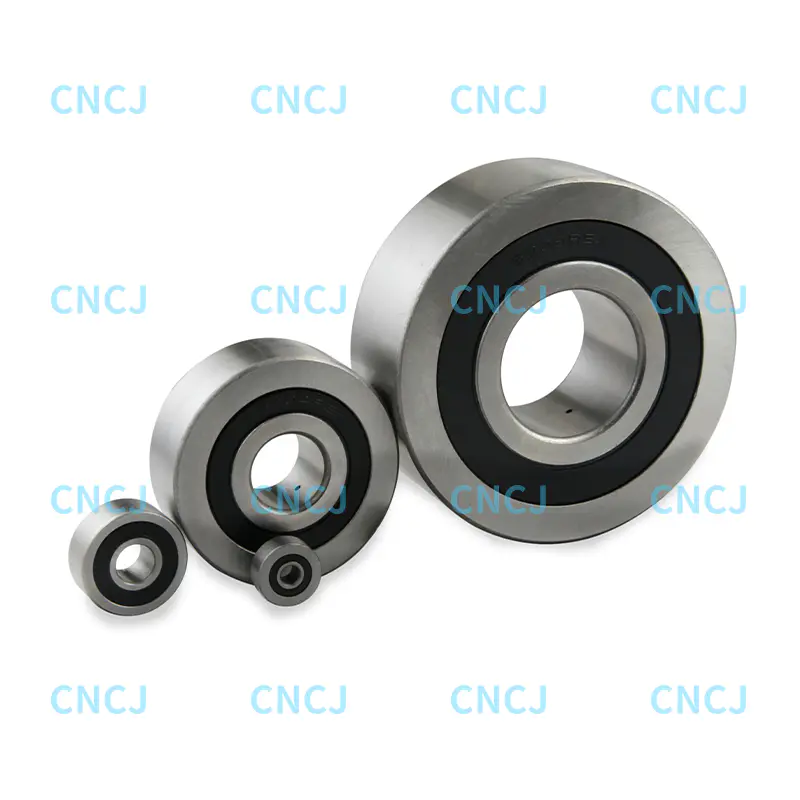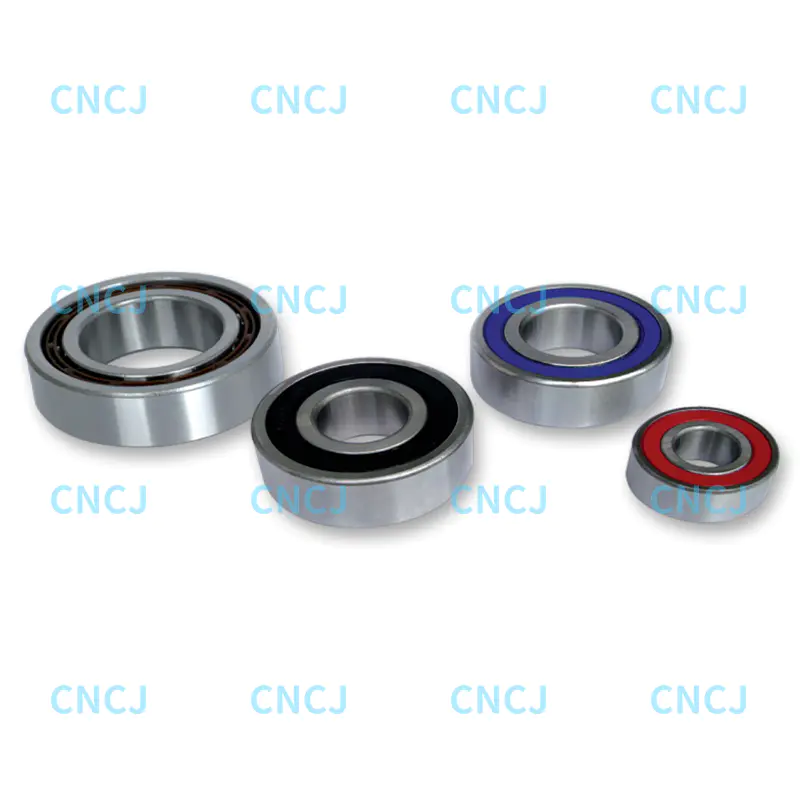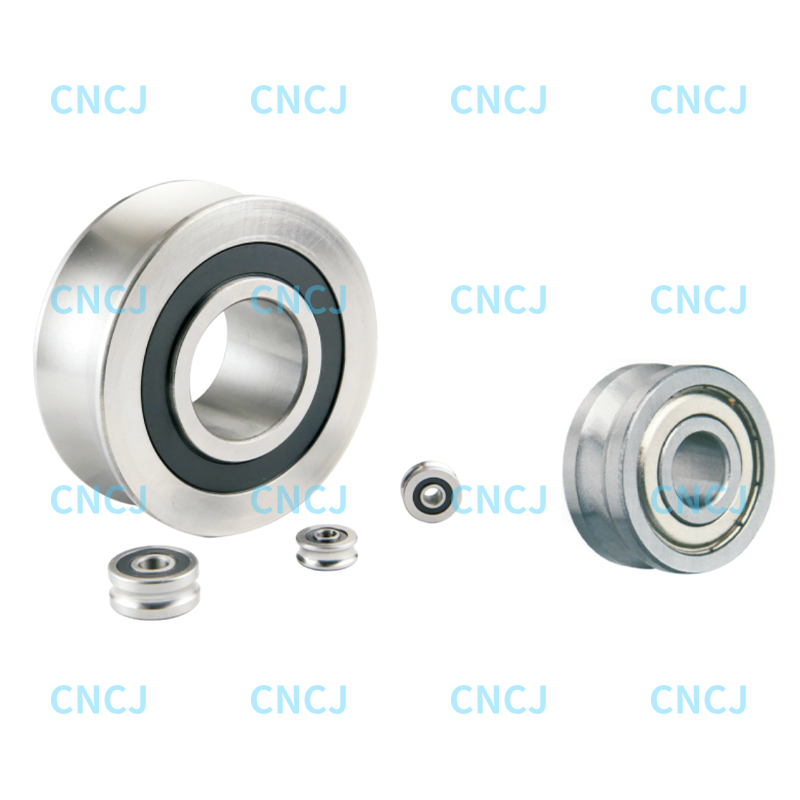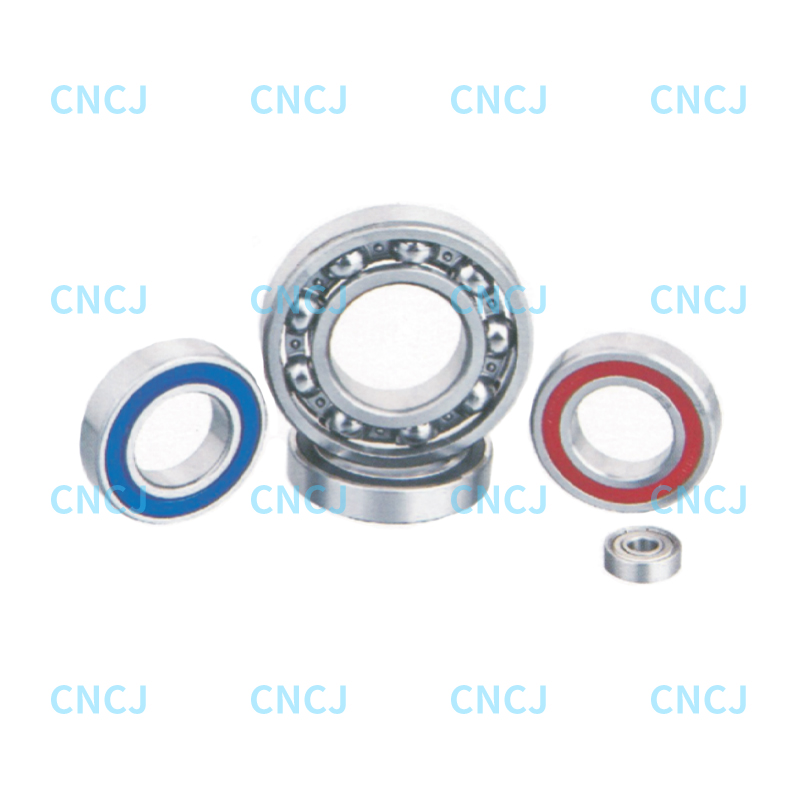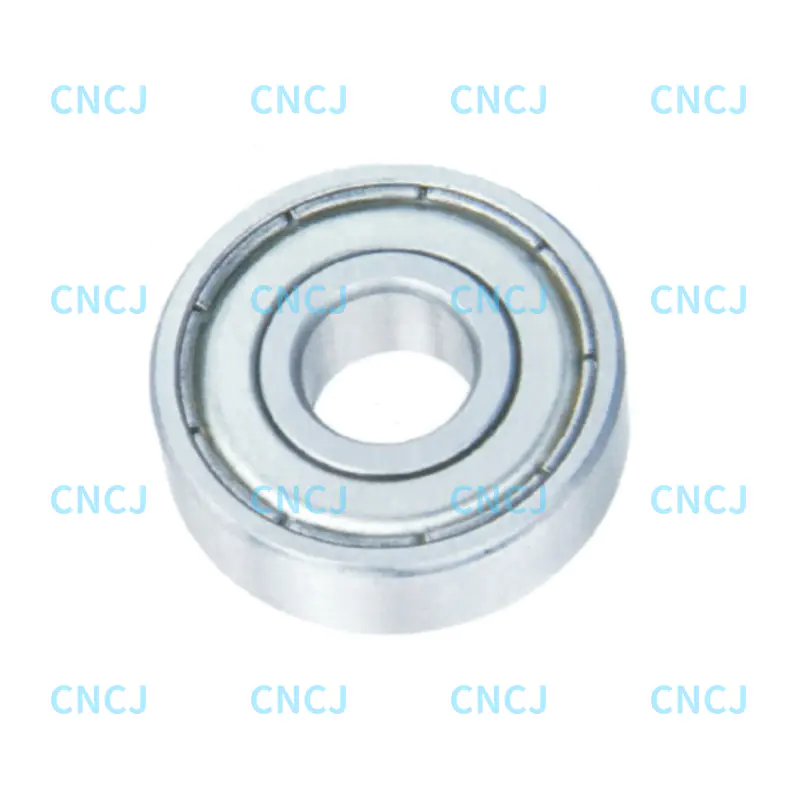How to match load parameters to avoid premature bearing failure?
The durability of double row angular contact ball bearings in mechanical transmission systems starts with accurate load matching. These bearings are designed to withstand both radial and axial combined loads, but the ratio of axial load to radial load directly affects their service life—axial load should not exceed 50% of radial load according to industry experience . For heavy-duty transmission scenarios, it is necessary to select reinforced structural models with more steel balls, while light-load high-speed applications can prioritize standard designs to reduce friction loss . In addition, the analysis of overturning torque is crucial: when the equipment is subjected to torque loads, the bearing's ability to resist deformation determines long-term stability, which is why double row designs are preferred over single row for their superior rigidity .
Which contact angle design adapts to different working conditions?
The contact angle is a core parameter affecting bearing performance, with three common specifications: 15° (C type), 25° (AC type), and 40° (B type) . For high-speed mechanical transmission such as motor spindles, C-type bearings with 15° contact angle are ideal due to their small friction coefficient and limit speed 1.2-1.5 times higher than AC-type . AC-type bearings with 25° contact angle balance radial and axial load capacity, making them suitable for complex transmission systems with variable loads . For heavy-duty transmission scenarios like crane mechanisms, B-type bearings with 40° contact angle excel in single-direction axial load resistance . The key to selection lies in matching the contact angle to the dominant load direction and speed requirements of the transmission system.
Is preloading necessary for improving bearing durability?
Preloading is an essential process for extending the service life of double row angular contact ball bearings in precision transmission applications. By eliminating internal clearance, preloading ensures tight contact between steel balls and raceways, reducing local stress concentration and improving force distribution uniformity . This not only enhances system rigidity but also reduces operational vibration and noise, which are major causes of premature wear . However, preload magnitude requires precise control: excessive preload (e.g., 0.016mm interference) can reduce service life by 50%, while insufficient preload (e.g., 0.008mm clearance) may decrease life by 70% . Generally, high-speed operations require lighter preload, while low-speed heavy-load conditions need higher preload, ideally slightly exceeding the axial working load .
How to select lubrication and sealing solutions?
Proper lubrication and sealing directly determine the operating life of bearings in mechanical transmission. For temperature ranges between -30℃ and 110℃, rust-proof lithium-based grease is widely used, especially for sealed bearings that require no additional lubrication during service . In high-temperature or high-speed transmission scenarios, oil lubrication is preferred to facilitate heat dissipation, with the oil level maintained at 1/2-2/3 of the sight glass . Sealing selection should consider environmental factors: non-contact dust covers are suitable for clean environments, while contact rubber seals provide better protection against dust and moisture in harsh conditions . A critical note is to avoid mixing different types of lubricants, as this can cause chemical reactions that degrade lubrication performance .
What installation methods ensure long-term stability?
Correct installation is a prerequisite for bearing durability, with three common configurations for double row angular contact ball bearings: back-to-back, face-to-face, and tandem arrangements . Back-to-back installation (wide ends facing each other) enhances radial and axial rigidity, making it ideal for transmission systems requiring high deformation resistance . Face-to-face installation (narrow ends facing each other) eliminates original clearance through outer ring compression, suitable for precision transmission with moderate rigidity requirements . Tandem arrangement (wide ends in the same direction) shares axial loads but requires paired installation at both ends of the shaft for axial stability . Additionally, installation coaxiality must be strictly controlled—excessive tilting angles can increase additional stress and reduce service life .
How to match precision grades with transmission requirements?
Precision grade selection balances performance and durability without unnecessary over-specification. Common precision grades range from P0 (general purpose) to P2 (ultra-precision) . For general mechanical transmission, P0 or P6 grades suffice, while high-precision transmission systems like machine tool spindles require P5 or higher grades to minimize runout errors . Overlooking thermal expansion factors during selection can lead to precision degradation—interference fit must account for temperature-induced dimensional changes . The key principle is to meet core transmission requirements without pursuing excessively high precision, which can increase friction and reduce service life .

 English
English 中文简体
中文简体 Deutsch
Deutsch Español
Español